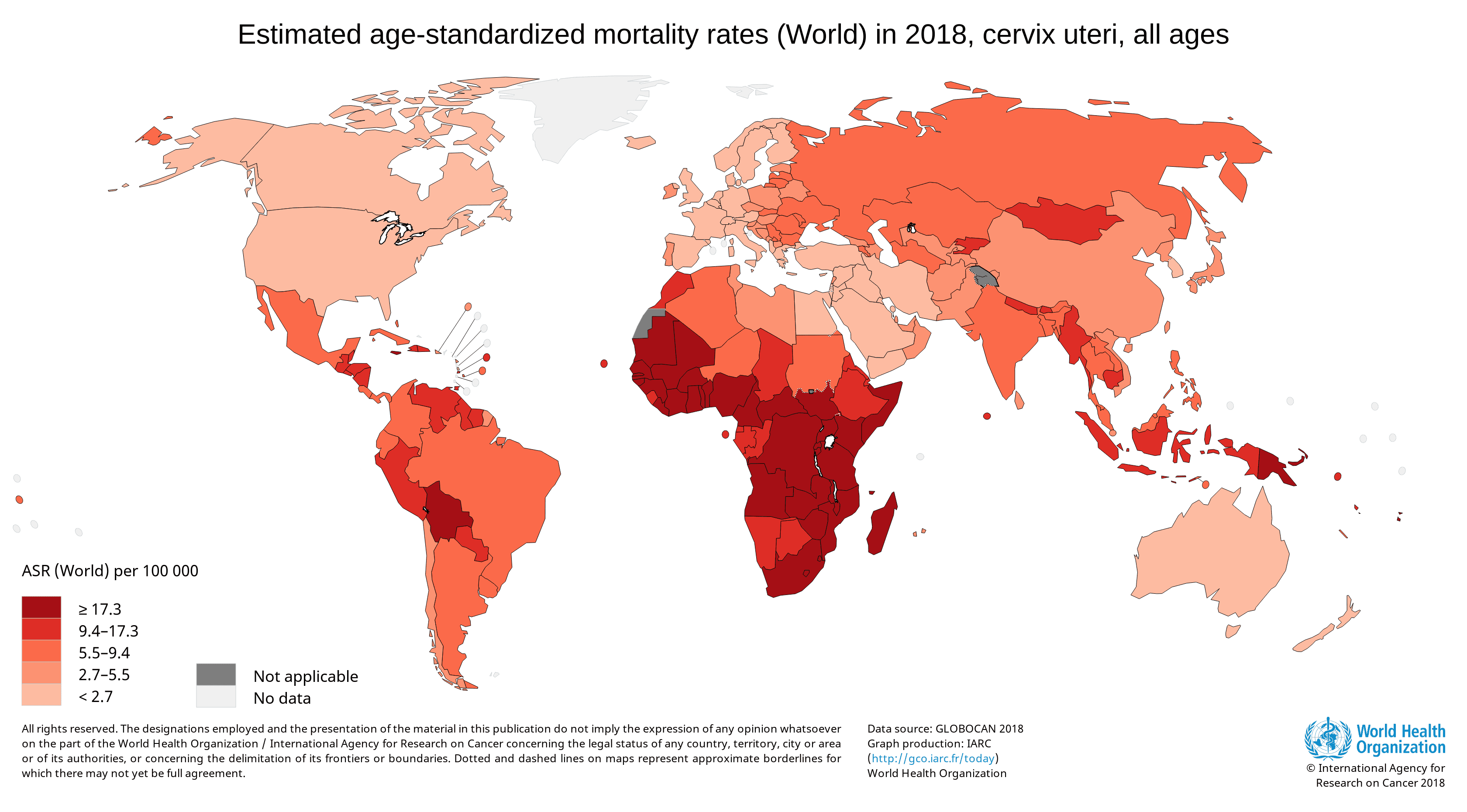A Preventable Disease
Every 2 minutes a woman dies of cervical cancer, totaling over 300,000 deaths per year.
Significant disparities exist: over 90% of these deaths are in low- and middle-income (LMICs) countries.
Cervical cancer is robbing us of our mothers, daughters, sisters, and grandmothers, impacting our communities and threatening the social and economic fabric of society.
Cervical cancer is preventable, treatable, and the only cancer with a clear path to elimination.
Thousands of women are dying unnecessarily at the prime of their lives from this preventable and treatable disease.
If we do not act now, deaths from cervical cancer in LMICs will rise by almost 50% by 2040.
At this critical juncture, we must empower women and rally our neighbors, community leaders, and governments worldwide to take action and save millions of lives.
